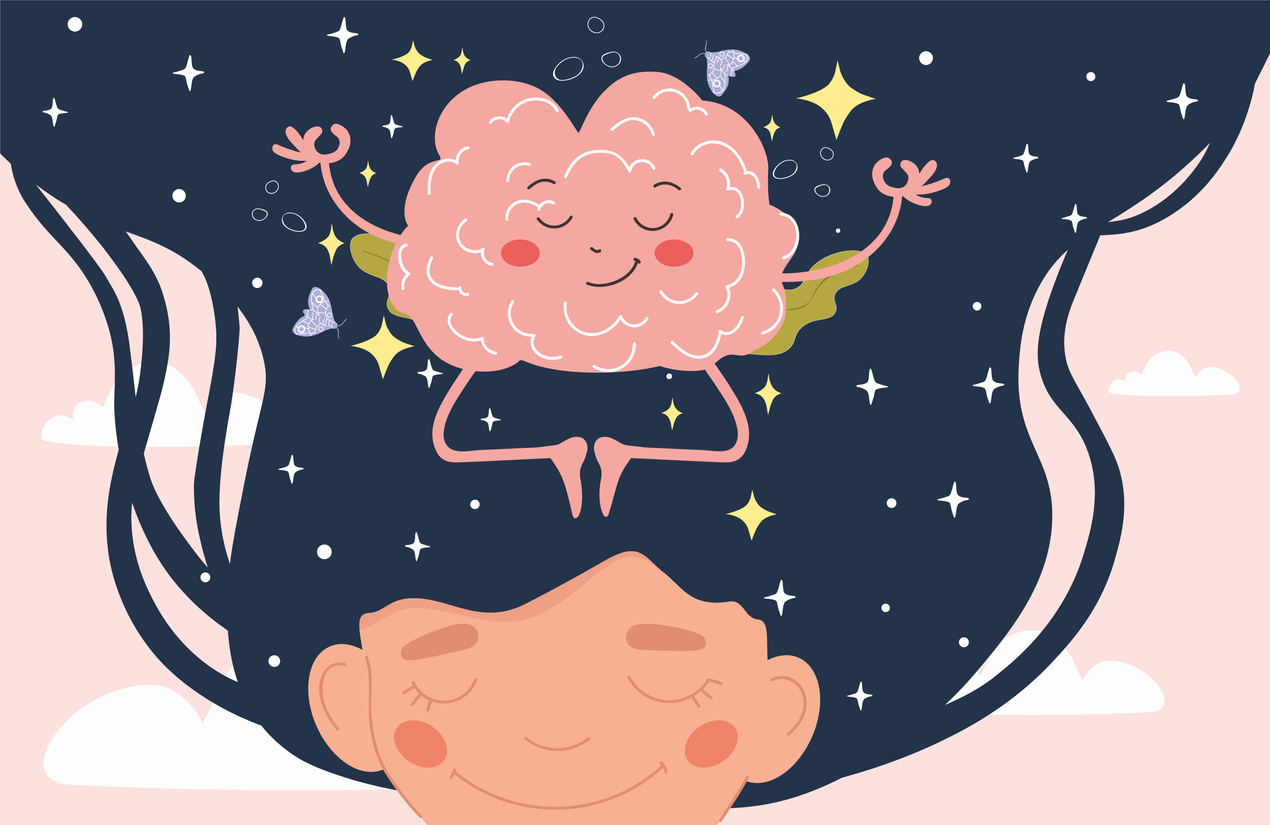Treatments
Why is Cognitive Behavioral Therapy Used for Chronic Pain and Depression?

What is cognitive behavioral therapy?
Cognitive behavioral therapy, or CBT, is a common type of psychotherapy; it is a combination of cognitive therapy, which focuses on moods and thoughts, and behavioral therapy, which focuses on actions and behaviors. It involves learning how to identify and change inaccurate or negative thoughts and behavioral patterns in order to respond to stressful situations in a more effective way.
CBT is an effective treatment for various mental health conditions, including depression, anxiety disorders, eating disorders, and post-traumatic stress disorder. It is also beneficial for anyone learning to better manage stressful situations. CBT has also been linked to reduced pain perception.
The link between chronic pain and depression
Chronic pain often causes feelings of sadness, anger and frustration. Due to the nature of chronic pain, social isolation, work issues, sleep disturbances, loss of independence, or financial problems can lead to low self-esteem, anxiety and depression. It is often a vicious cycle — pain causes heightened symptoms of depression, and depression causes increased pain sensitivity. An estimated 30 to 50 percent of people with chronic pain also have a mood disorder, such as depression or anxiety.
Cognitive behavioral therapy for pain and depression
CBT can address the destructive thought patterns that frequently accompany both chronic pain and depression. A therapist can help with identifying negative thoughts and replacing them with healthier thoughts. For example, one might feel like the pain will never improve, which only increases depression and hopelessness.
The therapist works with the individual to change negative thoughts and behaviors that are based on false perceptions, which helps in the development of positive coping behaviors. CBT can be effective alone or used in conjunction with antidepressants, pain medications, and other therapies. Cognitive behavioral therapy is considered a short-term therapy — participating in five to 20 sessions is usually sufficient. Activities to complete outside of therapy sessions, such as journaling, reading articles, or completing worksheets, may be assigned.

















